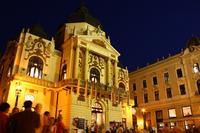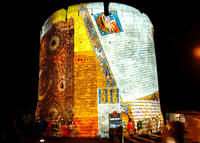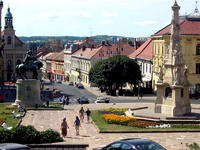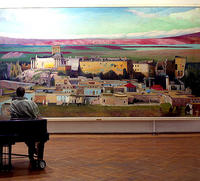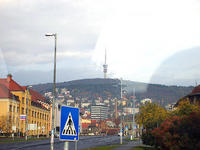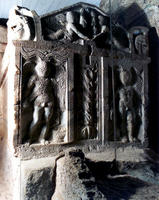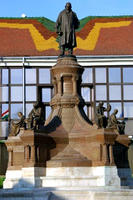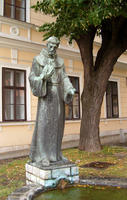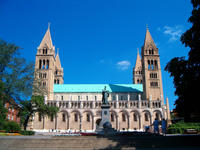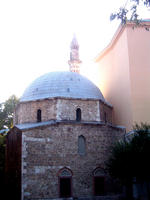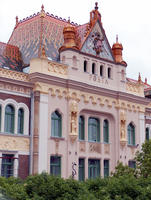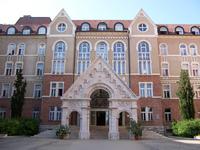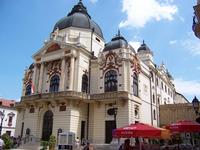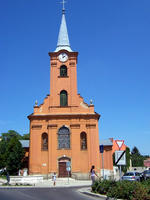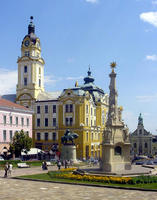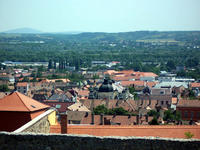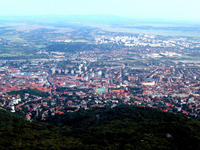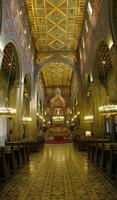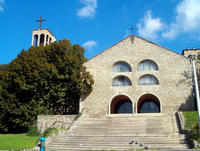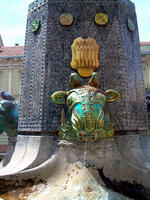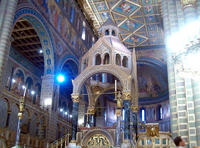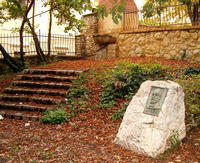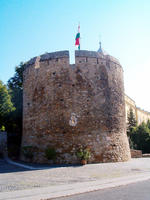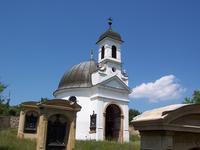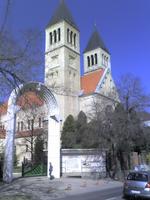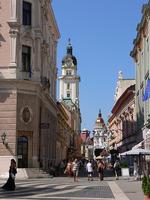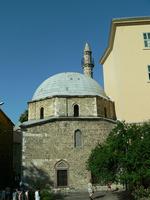You are in: Europe -> Hungary -> Early Christian Necr... , and traditional search or Image Gallery will yield results of this site only
Early Christian Necropolis of Pécs (Sopianae)
| Site number: | 853 |
|
| Type of site: | Cultural | |
| Date: | 4th century | |
| Date of Inscription: | 2000 | |
| Location: | Europe, Hungary, County of Baranya | |
Up to 75 images are shown here. Click on each for more details or on Image Gallery for more images.
| Description: | In the cemetery of the Roman provincial town of Sopianae (modern Pécs) a notable series of decorated tombs were constructed during the 4th century. They hold both a structural and architectural significance, having been built as underground burial chambers with above the ground memorial chapels. Being lavishly decorated with quality murals depicting Christian themes, the tombs also hold an importance of an artistic nature. --WHMNet paraphrase from the description at WHC Site, where additional information is available. | |
| Pécs, (Latin: Quinque Ecclesiae, Croatian: Pečuh, German: Fünfkirchen, Serbian: Печуј, Pečuj, Slovak: Päťkostolie, Turkish: Peçuy, Italian: Cinquechiese) is the fifth largest city of Hungary, located in the south-west of the country. It is the administrative and economical centre of Baranya county. Pécs has been selected to be the European Capital of Culture in 2010 sharing the title together with Essen and Istanbul. The city's motto will be: "The Borderless City". The area has been inhabited since ancient times, with the oldest archaeological findings being 6000 years old. Before the Roman era the place was inhabited by Celts. When Western Hungary was a province of the Roman Empire (named Pannonia), the Romans founded several wine-producing colonies under the collective name of Sopianae where Pécs now stands, in the early 2nd century. The centre of Sopianae was where the Postal Palace now stands. Some parts of the Roman aqueduct are still visible. When Pannonia province was divided into four administrative divisions, Sopianae was the capital of the division named Valeria. In the first half of the 4th century Sopianae became an important Christian city. The first Christian cemeteries, dating back to this age, are inscribed on the World Heritage List. By the end of the century Roman rule weakened in the area, mostly due to attacks by Barbarians and Huns. When Charlemagne arrived in the area, it was ruled by Avars and Slavs. Charlemagne, after conquering the area, annexed it to the Holy Roman Empire. It belonged to the Diocese of Salzburg. A document written in Salzburg in 871 is the first document mentioning the early medieval city under the name Quinque Basilicae. --Wikipedia. Text is available under the Creative Commons Attribution-ShareAlike License. | ||
| Source: | http://whc.unesco.org/en/list/853 | |
| Reference: | 1. UNESCO World Heritage Center, Site Page. | |


